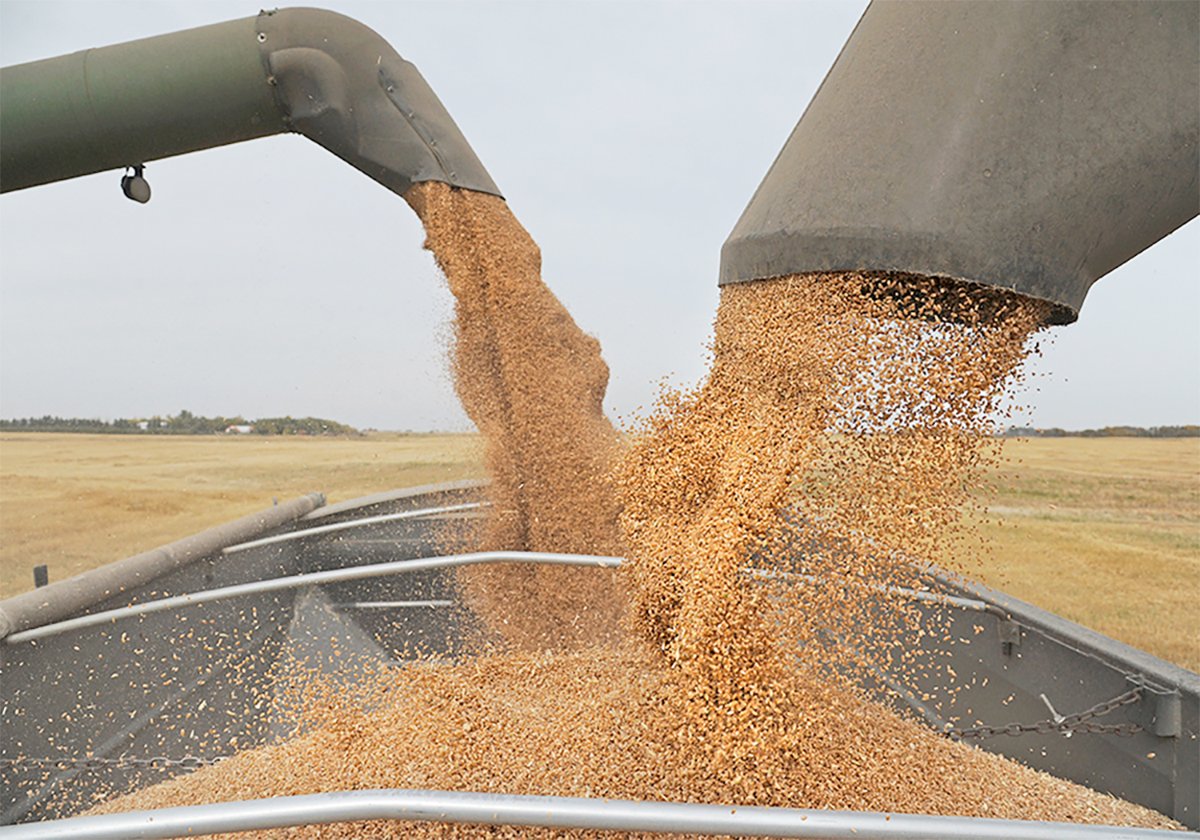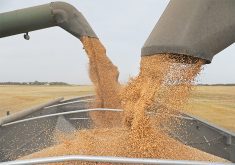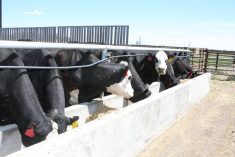AGRICULTURE Canada has a new report about the impact of an
international land set-aside program on grain prices.
Interestingly, the report’s numbers mean different things depending on
who is looking at them.
The authors’ conclusion downplays the benefits of taking land out of
production. But farm industry proponents of set asides are
enthusiastic, saying the report proves their point.
Both assessments miss a critical point: higher grain prices do not
guarantee higher net farm incomes, the true measure of farm
Read Also

Agriculture productivity can be increased with little or no cost
There’s a way to enhance agricultural productivity with little or no cost. It doesn’t even require a bunch of legislative changes.
sustainability.
The report was initiated after several farm groups advocated taking
farm land out of production to reduce supply and boost grain prices.
The report, based on a computer simulation, looked at a set aside
lasting from 1999 to 2001 and a long-term program lasting from 1999 to
2006.
It found that if the five major grain exporters, Canada, the United
States, the European Union, Australia and Argentina, agreed to a 10
percent set aside, the reduction in production would temporarily boost
wheat, corn and soybean prices by a quarter to a third above a baseline
reflecting the depressed market of 1999-2000.
If the set-aside is short term, the price benefits disappear quickly.
But even in a long-term program, the effects decline over the years as
producers in the participating countries put more resources into
remaining land to increase yields. Also farmers in non-participating
countries take a free ride, increasing acreage and production intensity
to grab the higher prices.
The authors say free riders cause most supply reduction initiatives to
fail over time. Another troubling aspect is that participants in the
set-aside program lose market share to the free riders.
The National Farmers Union says these drawbacks pale when compared to
the farm benefits of stronger grain prices. It urges Ottawa to champion
a set-aside program in world trade talks.
The NFU argues that paying farmers a modest per acre amount to idle
land would raise grain prices enough that governments could get rid of
other more expensive farm subsidies.
This is a dangerous argument. Farmers’ incomes can be squeezed as
readily with higher grain prices as with low prices. Land set-asides
address only half the income equation.
The other half is cost of production – inputs, machinery and land
values – and they usually rise when grain prices do, eroding net income.
Once costs rise, they rarely fall. This means that once grain prices
fall after the initial set-aside boost, as the report suggests, farmers
would see their net income squeezed even more sharply.
Farmers would be better served if governments avoided efforts to
control production and concentrated instead on programs that support
net farm income.














